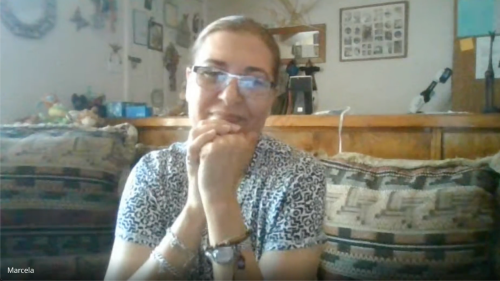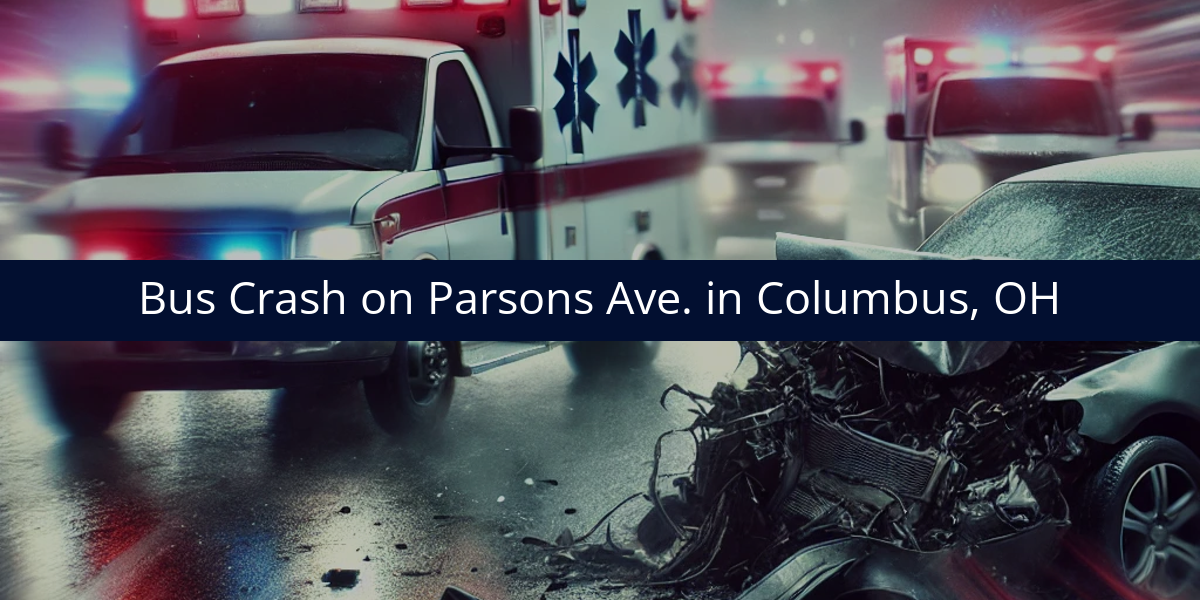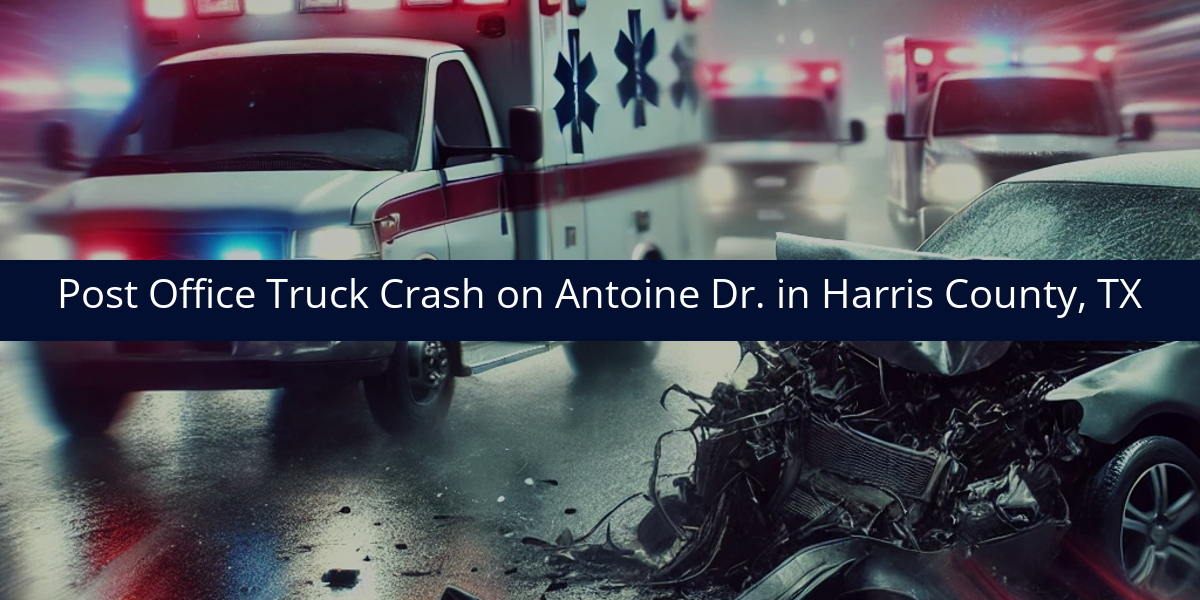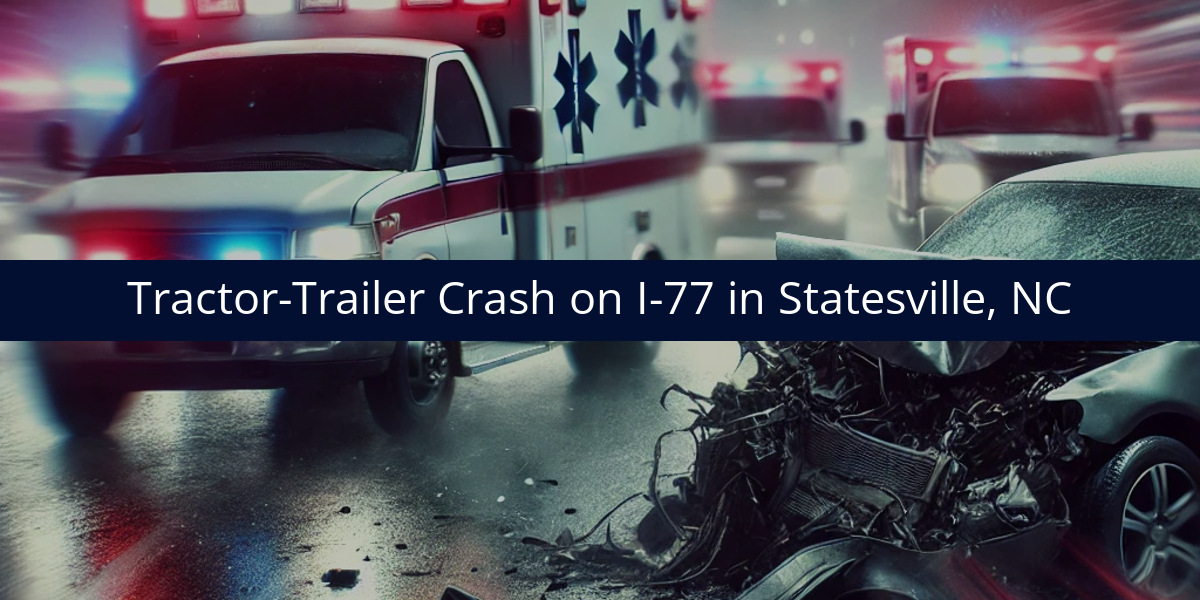Officials in Columbus, Ohio reported that five people, including two children, were injured early Sunday morning in a crash involving a Central Ohio Transit Authority (COTA) bus and a passenger vehicle in the Olde Towne East neighborhood. Authorities said the collision occurred around 12:20 a.m. at the intersection of Parsons Avenue and Bryden Road/East Town Street. Four of the injured individuals, including two children, were in the passenger vehicle. One person was transported in critical condition, another in serious condition, and the remaining victims were reported stable. The COTA bus driver, who was the only person aboard the bus, was not injured.
Collisions involving commercial transit vehicles and passenger cars often prompt close examination of driver decision-making, traffic signal timing, and vehicle maintenance. Understanding how these two vehicles entered the intersection and whether all operating procedures were followed will be central to the investigation.
What Investigators Will Likely Examine
Investigators will focus on how the bus and passenger vehicle entered the intersection and whether either driver failed to yield or proceeded against a traffic signal. Intersection collisions involving large commercial vehicles often stem from split-second timing issues or driver distraction. Reviewing surveillance and traffic camera footage from nearby intersections will help determine the sequence of events leading to impact.
Authorities will also evaluate whether the COTA bus driver was in compliance with operational safety protocols, including speed management and defensive driving procedures. Reviewing the driver’s hours of service, dispatch schedule, and post-incident drug and alcohol testing results will help rule out impairment or fatigue.
Assessing Vehicle Maintenance and Safety Systems
Mechanical inspections will determine whether the COTA bus or passenger vehicle experienced any malfunction that could have contributed to the crash. For the bus, investigators will review maintenance logs, brake performance records, and inspection reports to verify compliance with safety regulations. They may also analyze data from the bus’s Engine Control Module (ECM) to confirm speed, braking, and throttle activity prior to impact.
In collisions involving public transit vehicles, safety system performance such as anti-lock braking, signal preemption, and driver alert systems may also be reviewed to ensure they functioned properly during the event.
What Evidence Should Be Collected?
In addition to vehicle data, physical evidence from the roadway, including debris, skid marks, and vehicle resting positions, will help reconstruct the crash. Investigators will likely review eyewitness accounts and nearby business surveillance footage for additional perspective. The bus’s onboard cameras can also provide critical visual context regarding traffic flow and driver reaction time in the moments leading up to the crash.
Why a Comprehensive Investigation Is Critical
When a commercial transit vehicle collides with a passenger car, the resulting injuries can be severe, particularly for those in smaller vehicles. Determining whether driver error, mechanical failure, or procedural lapses contributed to the crash is vital for understanding exactly what happened and why.











